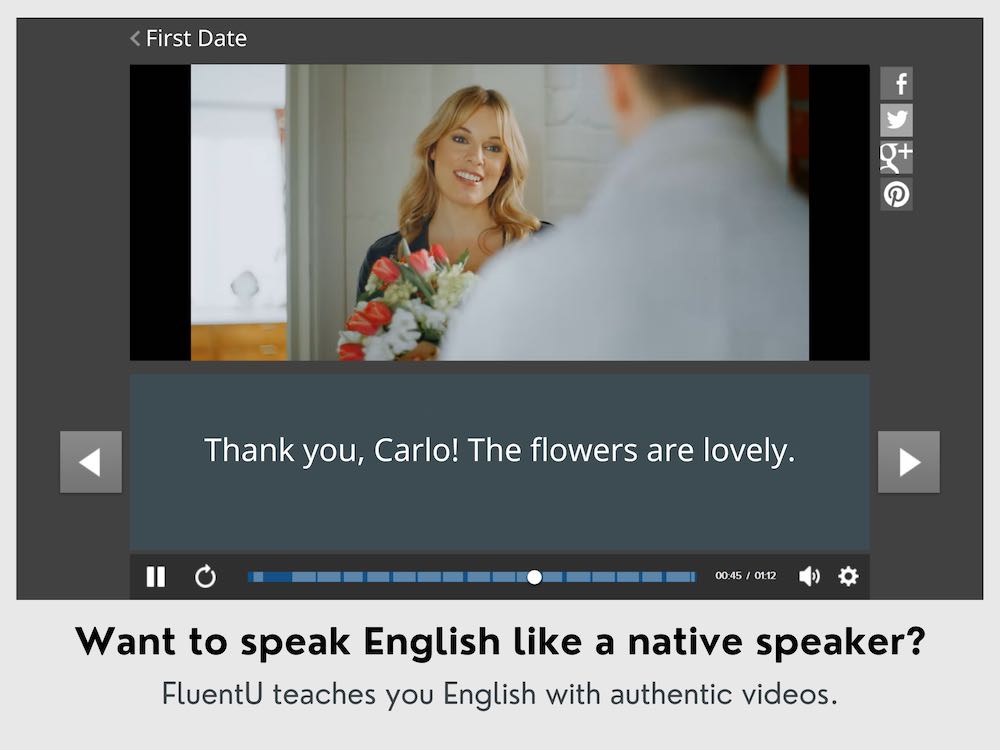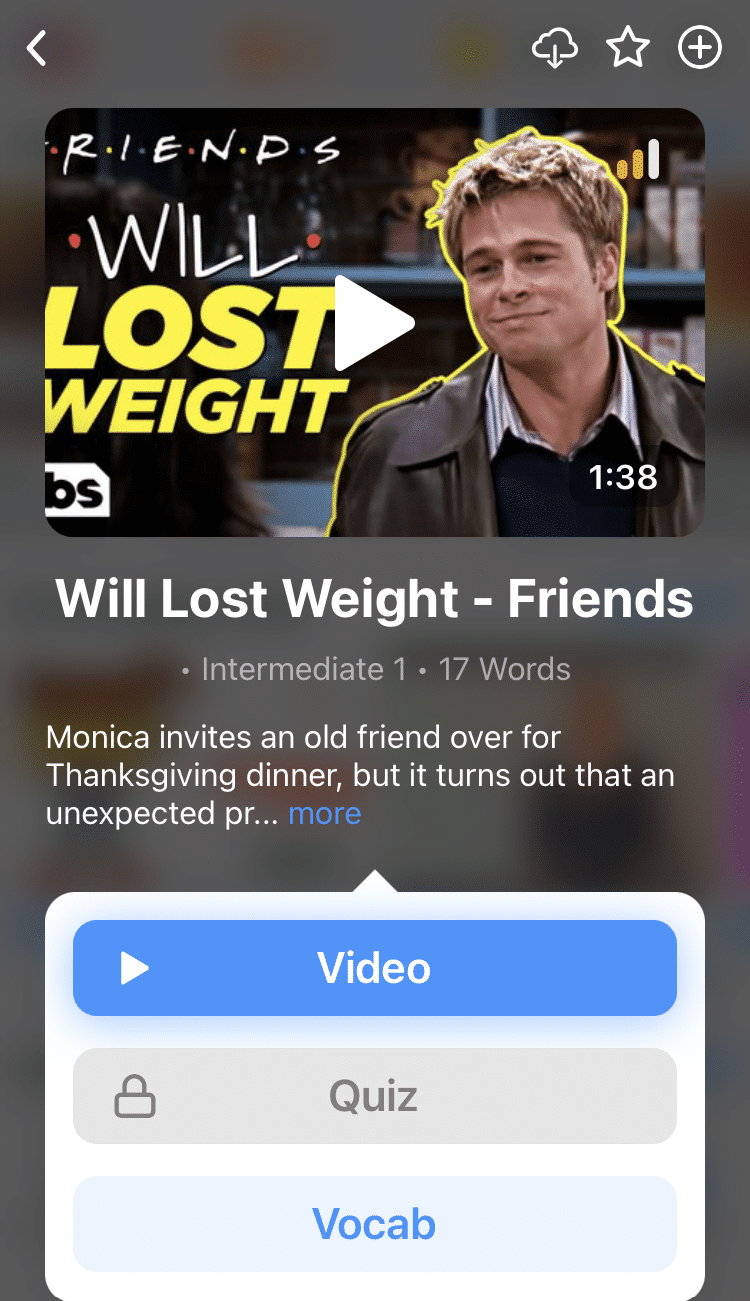The Practical Guide to Voice in English Grammar

By voice, we’re not talking about how well you sing!
We’re talking about the passive voice and the active voice in English grammar.
Knowing voice in English grammar can help you talk and write like a native speaker.
In this article, we’ll show you the differences between the active and passive voices and how you can use them most effectively.
Download: This blog post is available as a convenient and portable PDF that you can take anywhere. Click here to get a copy. (Download)
What Is Voice in English Grammar?
You may’ve already heard of the active voice and passive voice in English.
But… what the heck do those terms actually mean?
It all has to do with the subject and the action that’s happening in the sentence. In the active voice, the subject performs the action. In the passive voice, the action happens to the subject.
Here’s an example of the active voice:
The woman throws the baseball.
In this sentence, the subject is “the woman.” She’s performing the action (throws) on the baseball.
Now, let’s flip it into the passive voice:
The baseball is thrown by the woman.
Now, “the baseball” is the subject. It’s not doing any action. Instead, it’s receiving the action (is thrown) from the woman.
Implied Subjects in the Active Voice
Virgin America Airlines should win an award for updating the boring airplane safety video with this catchy song.
Notice all the active voice sentences in this video. Lots and lots of active voice sentences!
Turn your electrical devices off as fast as you can
Fly away with me
Insert the metal end into the buckle until it clicks
Each of these sentences is in the active voice, but you might notice that the subject of the sentence isn’t named. That’s because the subject is implied—and that subject is you. Each statement is a command, which means you’re being told to do something.
The speaker doesn’t have to say you, because you can easily assume from the context that he or she is talking to you.
Should You Avoid the Passive Voice?
You may’ve heard that it’s better to write in English in the active voice, and avoid the passive voice. In fact, most native English speakers learn this rule in school.
So, is it true?
The short answer: sometimes.
The passive voice can sometimes make sentences sound weak, indirect or confusing. Compare these two sentences, for example:
The Green party won the election.
The election was won by the Green party.
The first sentence (in the active voice) is clear, concise and direct. The second sentence (in the passive voice) is longer and saves important information until the end.
However, you may choose to use the passive voice under certain circumstances:
- You don’t want to place blame: As noted in the beginning of this article, you can use the passive voice to discuss what happened without explicitly stating who did it.
- You have no choice: You often can’t use the active voice if you don’t know who performed the action.
For example: The bicycle was left beside the road. We don’t know who left the bicycle there, so we wouldn’t have a subject in an active voice sentence.
- You’re writing in an academic or scientific context: Researchers sometimes prefer the passive voice. They don’t want to include themselves in their research conclusions. The passive voices makes the writing sound more humble and puts the focus on the research instead of the researchers.
It’s the difference between we discovered interesting results (active voice) and interesting results were discovered (passive voice).
- You need to shake up your creative writing: When used in moderation, the passive voice can prevent you from using the same sentence structure over and over. This will help make your creative writing more interesting to the reader.
English Voices in the Past Tense
Putting an active voice sentence in the past tense is simple enough. You just take the action verb and use its past tense form.
The woman throws the baseball. → The woman threw the baseball.
Things are slightly more complicated in the passive voice. You need to use the verb “to be” as a helping verb, plus the past participle of the action verb.
The baseball was thrown by the woman.
You can use Reverso Conjugation to find the past participle of any English verb. Just type your verb into the search bar and hit the “Conjugate” button.
Here are some more examples of passive voice sentences in the past tense:
The books were read by all students.
I was given a gift by my aunt.
We were told to wait outside.
One common mistake is to assume that a sentence is in the passive voice just because you see the verb “to be.” But that’s not always the case.
For example, let’s say someone set you up worst ever blind date (an arranged date where the two people haven’t met before). You might tell them, “You were vouching for him.”
(To vouch is to endorse or recommend something.)
Looks like the passive voice, right? However, the word vouching is not the past participle of the verb vouch. The past participle would be vouched.
The sentence itself is in active voice. You (Anderson) is the subject. He performed the action of vouching for the guy on the date.
Practice looking for past participles and it’ll all become natural sooner than you think!
Where to Practice English Voices
Of course, it’s important to practice and review the passive and active voices.
There are lots of online grammar exercises to help you quickly get comfortable with the difference between them:
- englisch-hilfen.de: In these exercises, you need to identify whether a sentence is in the active and passive voice, or rewrite sentences from one voice to the other.
- The University of California Davis: Similarly, in these exercises you need to first decide whether the voice is active or passive, then flip it.
You should also practice by listening to real English conversations and searching for the two different voices. Hearing them in action can make it easier to remember which voice you should use for different situations.
If there aren’t any English speakers around, you can use English media, like podcasts, videos and music. Pay careful attention to the phrases and think about why a certain voice was used.
Language learning programs can also give you realistic English practice with helpful tools. For example, FluentU uses English videos so that you can learn vocabulary and grammar concepts in context.
FluentU takes authentic videos—like music videos, movie trailers, news and inspiring talks—and turns them into personalized language learning lessons.
You can try FluentU for free for 2 weeks. Check out the website or download the iOS app or Android app.
P.S. Click here to take advantage of our current sale! (Expires at the end of this month.)

Have your English voice questions been answered?
Er… let me try that again.
Have we answered your English voice questions?
I hope so! Get practicing and you’ll start using the active and passive voices with perfect English grammar in no time.
Download: This blog post is available as a convenient and portable PDF that you can take anywhere. Click here to get a copy. (Download)
And One More Thing...
If you like learning English through movies and online media, you should also check out FluentU. FluentU lets you learn English from popular talk shows, catchy music videos and funny commercials, as you can see here:
The FluentU app and website makes it really easy to watch English videos. There are captions that are interactive. That means you can tap on any word to see an image, definition, and useful examples.
For example, when you tap on the word "searching," you see this:
Learn all the vocabulary in any video with quizzes. Swipe left or right to see more examples for the word you’re learning.

FluentU helps you learn fast with useful questions and multiple examples. Learn more.
The best part? FluentU remembers the vocabulary that you’re learning. It gives you extra practice with difficult words—and reminds you when it’s time to review what you’ve learned. You have a truly personalized experience.
Start using the FluentU website on your computer or tablet or, better yet, download the FluentU app from the iTunes or Google Play store. Click here to take advantage of our current sale! (Expires at the end of this month.)










